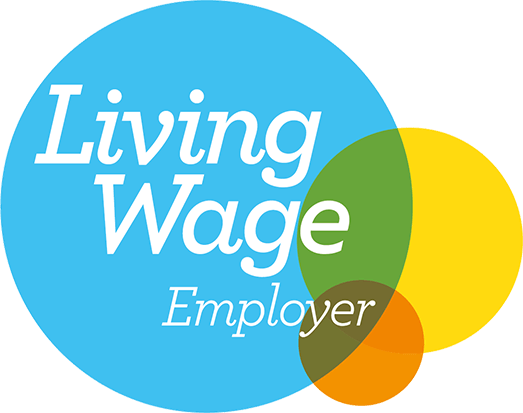News
Invisible employment: Rethinking how planning treats the modern economy
12 August 2025
This is as much about perception as it is about policy. Until planning frameworks evolve, part of our role as planners is to help shift the narrative.

Employment land in local plan-making has always been about providing space for businesses to operate, generate jobs, and contribute to the local economy. Policy framing reflects this, focusing on the B-Class uses - offices (B1 – now Class E), industrial (B2), and warehousing (B8).
But what happens when employment uses are becoming invisible? Not in purpose, but in presence.
Today, a growing number of employment-generating businesses no longer fit the traditional B-class mould. Modern businesses that support employment such as self-storage warehouses, ghost kitchens, last-mile distribution, and data centres, are considerably lower impact, lacking the 'active frontages' or 'employment density' that local plans typically seek to encourage but nevertheless are essential to the modern economy.
So, when planning applications come forward for these types of uses, they often meet resistance. Uncertainty over whether the use is genuinely employment-generating, concern over intensification without obvious public benefits, resistance from local communities who can't see the value. This misunderstanding feeds into the way planning policy is drafted, and planning decisions are made.
This disconnect is also structural. Many modern employment-generating uses no longer fall within the traditional B-use classes. Following changes to the Use Class Order in 2020, uses like data centres and ghost kitchens now frequently fall into the sui generis category, neither protected by employment policies nor clearly recognised as contributing to economic development. Without a clear policy 'home’' these uses can be treated with scepticism.
This raises a wider question: Does the planning system need a new use class, or at least a clearer framework, for these employment uses that don't fit the traditional commercial mould?
In several recent cases, planning applications for modern employment uses have been refused or heavily challenged, not because they breached planning policy directly, but because they don't align with what policy expects. For example, many Local Plans contain broad support for SMEs or 'flexible employment space', yet in practice this often translates into narrow expectations of small office units, light industrial workshops, or start-up hubs. In contrast, operators of shared dark kitchens or storage frequently find themselves struggling to demonstrate that their uses count as employment-generating at all. While these uses may not support high levels of on-site employment, they often result in significant levels of off-site or indirect employment, which are rarely captured or valued in traditional planning assessments.
In a recent case in Blaby District (Application Ref. 19/0164/OUT), outline planning permission for a large logistics development on employment-allocated land was initially refused, with the Council arguing it didn't meet current local need. This was despite the scheme providing over 2,000 direct and indirect jobs, highlighting the bias. The Inspector later overturned the refusal, granted permission, and awarded costs against the Council for pursuing unreasonable grounds. The Inspector emphasised that national policy gives "significant weight" to economic growth and productivity, and dismissed concerns about local vacancies and visibility, stating that "providing a choice of sizes, locations and types of units is part of a healthy market". The 2,000+ jobs associated with the scheme, including a proposed training centre, were found to directly contribute to local economic objectives.
So, what now?
In our work with many of the above examples, we've experienced this tension first-hand, and we're actively working to reshape public perception about uses that may not seem important at first glance but support local economies in different ways. Increasingly, we are setting out the wide economic and unseen benefits to communicate the advantages of these uses, including highlighting the array of businesses (including SMEs) that relay on these unsung heroes.
Developers are also responding creatively, and we're seeing a risein mixed-use schemes that incorporate active commercial uses at ground floor level. For many councils, a bright and active frontage helps offset the unease of quieter upper storeys. But the irony is that it's often the 'quiet' upper floors doing more to support the economy, just as planning policy is seeking to encourage.
Some frameworks, such as the London Plan, do acknowledge the role of industrial land for new and emerging sectors. But many local plans remain rooted in outdated assumptions about what employment land should look like. If we want planning policy to support today's economy, we need to expand our understanding of what "employment-generating" actually means. This might involve:
-
Accepting that low-impact logistics, storage, and similar uses are legitimate parts of the employment mix
-
Recognising the difference between high-intensity and low-intensity economic activity
-
Valuing job creation and economic function over physical appearance
This is as much about perception as it is about policy. Until planning frameworks evolve, part of our role as planners is to help shift the narrative.
These uses may be invisible, but they shouldn’t be ignored.







